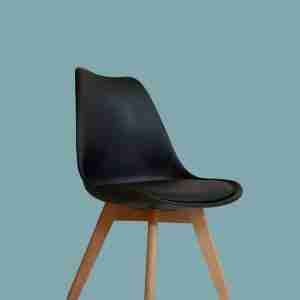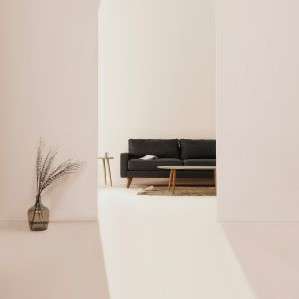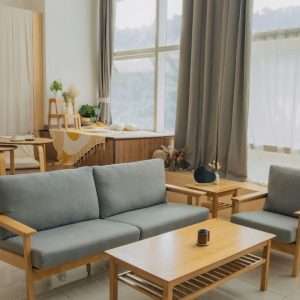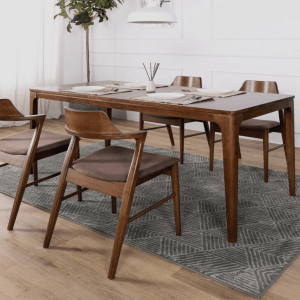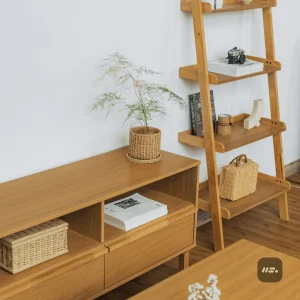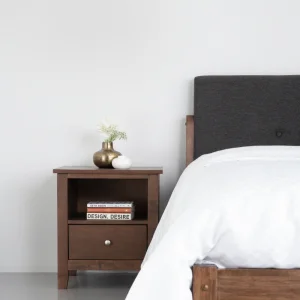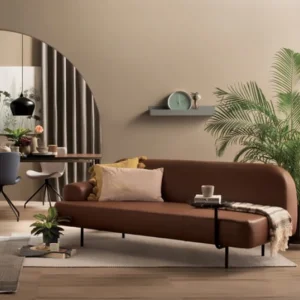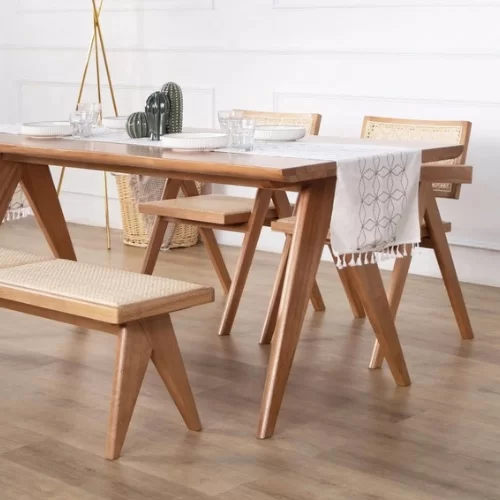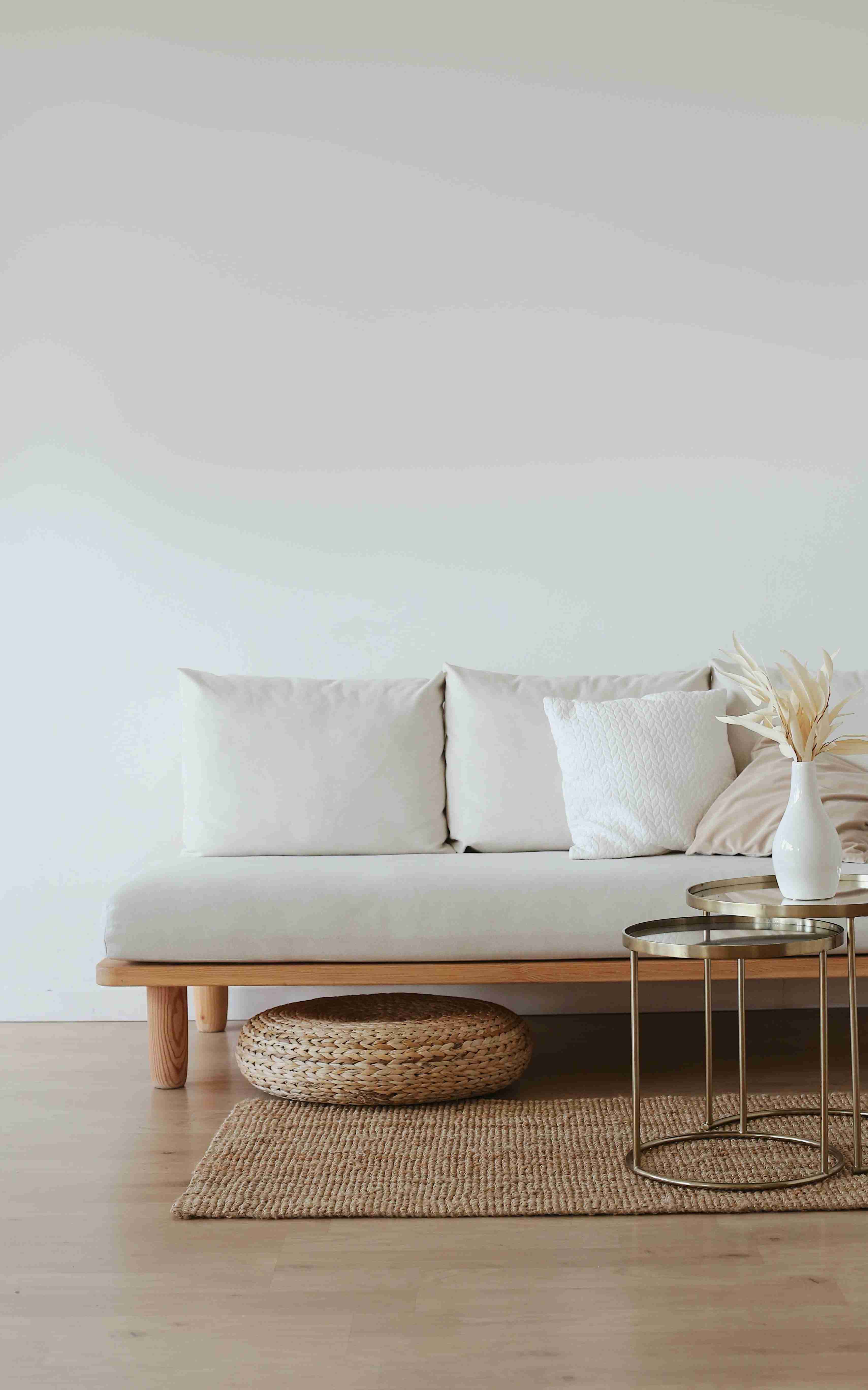Japanese interior design style has captured the hearts and souls of interior designers and home décor lovers since time immemorial. Its timeless, pristine, and serene appeal is one of the main reasons many are inspired to mimic the style in their homes. The Japanese interior style embodies the principles of Zen. Zen in Japanese means indulging in nature in the form of meditation. It is all about mindfulness, simplicity, and calm
Despite the fact that it is not a specific design style or that it comes with a book of rigorous rules. It’s more of a method of arranging your house and creating an ambiance that helps you relax and unwind from your daily grind. In today’s era, people are looking for countless ways to relax and unwind from the comfort of their homes.
Adapting the minimalist Japanese interior style is basically the most viable way to do it. What could be more satisfying than having a home that not only calms and soothes your mind but also rejuvenates your spirit right? It’s no wonder why people can’t help but fall in love with the simple yet sophisticated charm of Japanese aesthetics. Would you like to do it at your own home? Consider taking these ten easy home styling tips to make your house completely Zen.
1. Declutter
Decluttering can do wonders for your home. Getting rid of the unnecessary clutter that’s been crowding up your space can make a ton of difference not just in the look of your home, but in your mental health as well. When your bedroom or living room is clean and organized, your mood will improve. You become more mindful, productive, and focused. Decluttering is one of the reasons why minimalist Japanese homes feel so relaxing. They eliminate clutter and make sure that every nooks and cranny are immaculately clean.
2. Keep your decors and accessories to a bare minimum
Unlike other interior design styles that boast excessive and luxurious decors, the Japanese like to keep things minimal. The less decorative items are on display, the less there is to clean and keep organized. Do not flood your coffee tables, desks, and side tables with lots of décors. A couple of distinctive décor items will do. It should be enough to make your home look furnished in a minimalist way.
3. Keep the items on your shelves organized
Shelves can be considered storage spaces, but they are not spaces where you can shove all your stuff just to keep them out of the way. Shelves in the Japanese minimalist style are like an entire décor piece in itself. The items, and how they are placed are carefully thought out so they would look visually appealing, balanced, and harmonize with the rest of the home’s decor and color scheme. When decorating a shelf, don’t overdo it. Keep things simple and choose items that resonate with the interior design style you are trying to achieve. Which is, of course, the minimalist Japanese.
4. Add elements of wood
Natural hardwood pieces are one of the finest methods to integrate nature into your home. Japanese culture is noted for its extensive use of wood in their dwellings. Wood is always present in a Japanese home. It can either be in a form of bamboo floors, or a wooden screen. Clean-lined wood pieces offer a quiet, relaxing feel to the house and make it look warm and inviting.
5. Opt for simple wooden furniture
Japan is famous for its low-lying furniture pieces such as low tables, floor cushions, and tatami sofas. However, this type of furniture will only be relevant if you actually live in Japan or have a Japanese-style home. The good thing is that you can still add a hint of Japanese interior design flair into your home regardless of where you are living or what type of property you have. Simply go for minimalist wooden furniture with comfy cushions. Chairs and stools that are purely made of wood are also a great choice. Consider checking out our collection of Japanese-styled furniture here and get inspired.
6. Go for a two-toned color scheme
Minimalist Japanese homes typically have a two-toned color scheme. These colors are the color of natural wood, complemented with either a soft lighter backdrop, pastel, or beige. Japanese homes are never filled with bright playful colors. You should consider repainting your walls with earth tones to achieve the Japanese style.
7. Add elements of nature
Add traditional Japanese plants such as bamboo, bonsai, and fern tree. These plants are great for inducing a sense of Japanese culture in your house. You can add a variety of greenery including small potted succulents. However, keep in mind that in a Japanese house, there aren’t many vibrant flower arrangements, so keep it basic, natural, and green.
8. Consider natural lighting and ventilation
Natural lighting and ventilation are necessary elements to have in the home. Since Japanese design is dominated by open space and minimalist design concepts, one great way to achieve this is to allow natural light to stream throughout the space. To bathe your home in natural light, install skylights and large glass windows. Keep your window treatment minimal. Opt for bamboo shades or sheer curtains to allow the wind to pass through smoothly.
9. Select natural and light fabrics
Fabrics should be light and comfy. The curtains, which offer a sense of intimacy while minimizing noise and eliminating air dampness, are an important part of your Zen décor. Give them a unique touch by selecting natural materials just like linen, and wool, and harmonizing them with the rest of the space. To create a more relaxing ambiance, pair them with light-modulating shades.
10. Freshen up your space with natural scents
If there’s one thing that can totally make your interior design to the next level, it’s the scent décor. Nothing can induce calm and serenity than the natural fragrance of essential oils and beeswax candles. There is a common reason why we fragrance our homes: the correct aroma generates atmosphere, sets the tone, and may even change your mood which is deemed necessary in a home that embodies Zen relaxation.
Following these simple design steps will help you transform your house into a rich minimalist Japanese interior design that embraces nature and strongly reflects the Japanese culture. Are you planning to mimic this style in your home? Check out our Japanese-styled furniture collection here curated by “Neo Livin” and get ready to spruce up your home the Japanese way.

